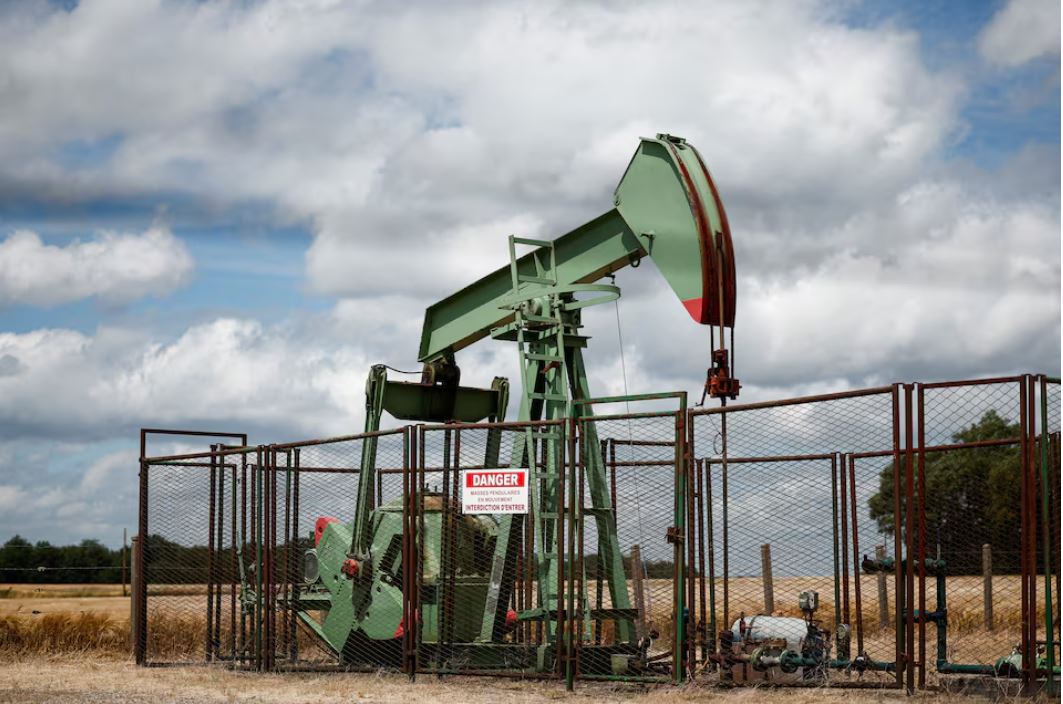In a week marked by renewed optimism about oil demand from the world’s largest consumer, crude oil prices are on track to close higher for the second consecutive week. This upward trend persists despite a marginal decline observed on Friday, as recent U.S. economic data has bolstered confidence in the strength of the American economy.
As of Friday morning, Brent crude futures have risen approximately 1.5% over the course of the week, while U.S. West Texas Intermediate (WTI) crude futures have seen a gain of about 1.3%. However, the day’s trading saw a slight pullback, with Brent falling 15 cents, or 0.19%, to USD 80.89 per barrel by 0810 GMT, and WTI dropping 25 cents, or 0.32%, to USD 77.91.
The positive sentiment in the oil market has been largely driven by encouraging economic indicators from the United States. Thursday’s retail sales data surpassed analysts’ expectations, while separate reports showed a decrease in new unemployment benefit applications. These figures have sparked renewed optimism regarding U.S. economic growth prospects.
Michael Brown, senior research strategist at Pepperstone, commented on the market dynamics, stating, “Receding U.S. recession concerns have come to the aid of crude bulls this week, with better-than-expected retail sales and jobless claims figures allaying fears of a more rapid than expected deterioration in U.S. economic conditions.”
Adding to the bullish factors, geopolitical risks continue to lend support to crude prices. Analysts at consultancy FGE have noted that oil markets are likely to refocus on geopolitical tensions, particularly in light of warnings about potential retaliatory attacks from Iran against Israel following the assassination of a Hamas leader in Tehran.
The ongoing conflict in Gaza remains a significant factor influencing market sentiment. A new round of ceasefire negotiations began on Thursday, extending into Friday in Doha, Qatar. However, these talks have been boycotted by Hamas, and Israeli troops continue their military operations in the Palestinian enclave.
Panmure Liberum analyst Ashley Kelty highlighted the delicate balance of geopolitical factors, noting, “Expectations remain that a response will happen given that Iran needs to save face amongst neighbouring states. A new round of talks over a ceasefire in Gaza could see the premium eroded if progress is made.”
While the overall trend remains positive, there are factors tempering the price increases. Reports indicate that Chinese refineries have significantly reduced their crude processing rates in response to tepid fuel demand. This development aligns with the Organization of the Petroleum Exporting Countries’ (OPEC) recent downward revision of its demand outlook for the year, citing softer expectations for China.
The interplay between positive U.S. economic indicators and ongoing geopolitical tensions continues to shape the oil market landscape. As traders and analysts closely monitor these developments, the coming weeks may see further volatility in crude prices as market participants weigh the balance between demand optimism and supply concerns.
The oil market’s resilience in the face of mixed signals underscores the complex array of factors influencing global energy prices. As economies worldwide navigate the path of recovery and geopolitical tensions persist, the oil industry remains at the forefront of global economic discussions, with its performance serving as a key indicator of broader economic trends and geopolitical stability.



